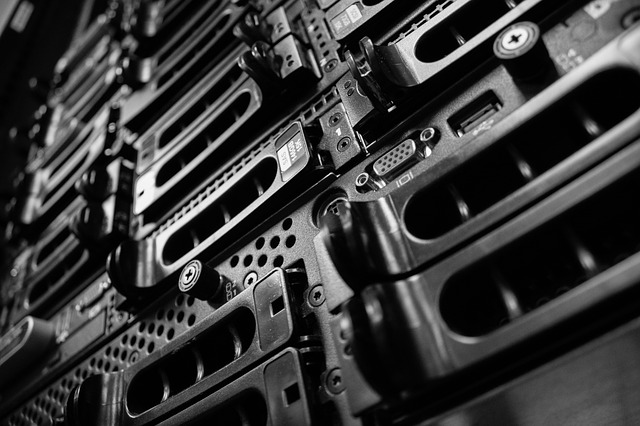
Modern data center managers are under the constant pressure of being tasked with doing more with less while maintaining uptime and optimizing for efficiency and capacity utilization. But how do you quantify if you are successfully optimizing your data center and meeting business objectives? Big data analytics and Key Performance Indicators (KPIs) can provide the answers.
Data Center Infrastructure Management (DCIM) software provides the business intelligence and analytics data center managers need to gauge success and get actionable insights. Never before has it been easier to holistically see and analyze resource, power, and environment data.
If you are unsure where to begin, what to track, or what goals you should have, we can help. Our global user group program has returned feedback from hundreds of customers on what data matters the most to them to help optimize their data centers. With real-world input from real-world data center managers, we’ve compiled the five most important KPIs for data center optimization.
Track these five KPIs for actionable insights and to be able to make more informed data center management decisions:
1 - Capacity by Key Data Center Resource (Space, Power, Cooling, and Power/Network Port Connections). When it comes to making decisions such as how best to reserve space to provision new IT equipment, how to use power resources more efficiently, how to save on operating expense, or how to show management when more capacity is necessary, data center managers need be as informed as possible to make the most data-driven decisions. You need accurate, real-time information on physical space, power, cooling, and network connectivity capacity to properly make such decisions. For the most complete view of your data center resources, monitor capacity at the site, room/floor, cabinet, and port levels.
2 - Data Center Energy Cost. As growth in server performance pushes demand for energy, energy consumption per server is growing by 9% per year globally according to IDC. Since energy costs can account for as high as 50% of total data center operating expenses, you must monitor your energy cost and intelligently reduce it where possible. Track your energy consumption and costs by site, department, or applications/services, and set targets for reduction, bill back users, meet corporate sustainability and green initiatives, and collect energy rebates and carbon credits.
3 - Change Requests by User, Stage, and Type. Up to 30% of servers get replaced annually in a typical data center environment, and servers older than five years fail three times more often and cost 200% more to support than a new server. To improve efficiency and productivity of data center staff, while maintaining SLAs, data center managers must simplify the management of moves, adds, and changes for server and network equipment. Track the number of change requests, tickets, and work orders, who is making them, what progress is being made, and exactly what type of changes are being requested to ensure work order quality and transparency to business users while improving staff efficiency through improved collaboration.
4 - Available Cabinet and Floor Space Remaining. Intelligent space capacity planning is the key to navigating the constant expansion and optimization needs of a data center. To know how efficient your use of space is, and to correlate how much space and power capacity you have to deploy new devices, monitor your available cabinet space in terms of open rack units, including contiguous rack units. To know how much white space on the data center floor is available to deploy new cabinets, you should also track remaining floor space in terms of the number of open cabinet positions. For the most accurate view of actual space capacity remaining, include planned deployments and commissions in your reporting as well.
5 - Cabinets with Most Free Data Ports and Power Ports. For the most optimal utilization of all cabinet resources, you need to know the best place to reserve cabinet space for new equipment which includes knowing which cabinets have available data and power port capacity. Only by tracking all available physical network and power ports within your cabinets can you intelligently provision new servers and network equipment in the most optimal place. Monitor your free physical ports to make more informed capacity planning decisions, reduce operating expenses, and more efficiently use power and network resources.
Want to learn more KPIs you should be monitoring to improve the overall health and efficiency of your data center? Read our latest article on Data Center Frontier for the complete list of top 10 KPIs.
With a comprehensive DCIM solution, tracking the these KPIs is easier than ever. A modern, second-generation DCIM tool will provide more than 100 KPIs right out-of-the-box with zero-configuration dashboard widgets, reports, and visual analytics.
To see for yourself how Sunbird provides fast, easy, and complete business intelligence and analytics, test drive our second-generation DCIM today.




























